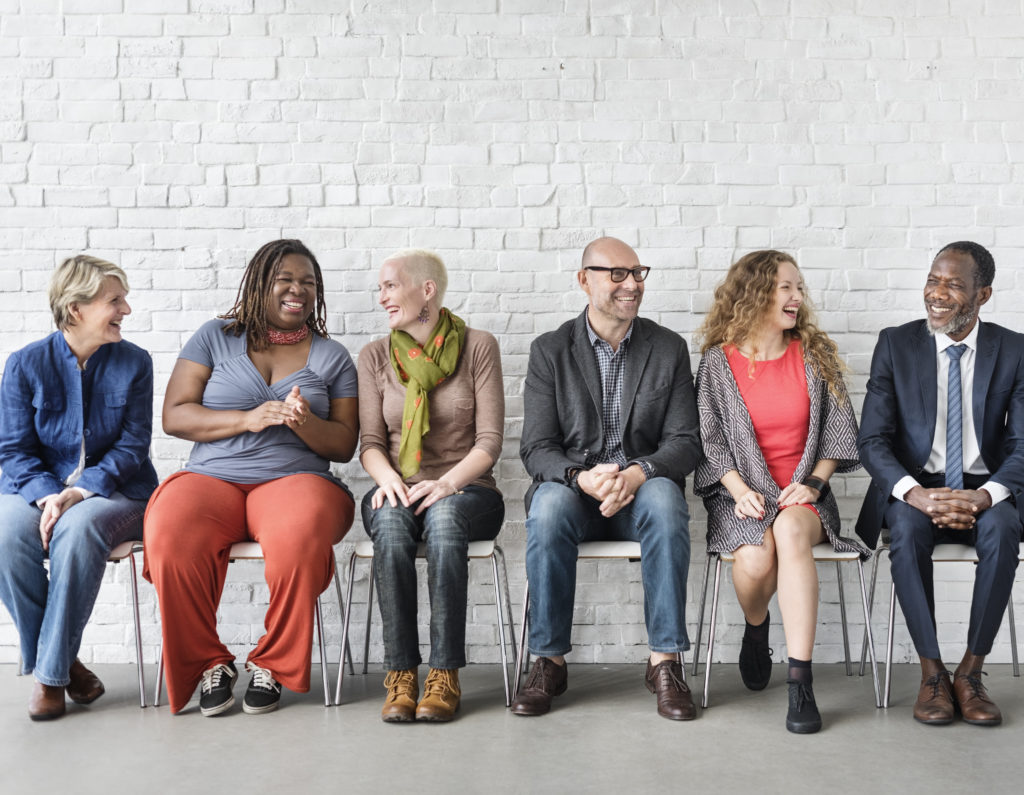April 13, 2021

“Dominator culture has tried to keep us all afraid, to make us choose safety instead of risk, sameness instead of diversity. Moving through that fear, finding out what connects us, reveling in our differences; this is the process that brings us closer, that gives us a world of shared values, of meaningful community” –Bell Hooks
It has never been so clear—we live in a much-divided world. Recent news headlines have highlighted the increase in hate crimes across the nation and left many struggling to make sense of it all. As we know from social-psychological research, the essence of what we have been dealing with is frequently fueled by fear, perceived scarcity, ignorance, perceived threat, lack of knowledge, and lack of understanding. Us. Versus Them.
The reality is that none of us are immune from the development and internalization of biases and prejudices. The question then arises, how do we disrupt this process and move from this place? A critical piece: Building Bridges. Bridges through and among difference. Bridges across belief systems, Bridges that invite us to delve deep into dialogue with aims of deepening understanding, practicing empathy, and cultivating an appreciation for one another—illuminating shared values and innate desires of safety, security, love, and connection. To be seen, heard, and understood. Keep reading for helpful tips and suggestions.
- Do the inner work

Deeply examining our internal belief systems, values, and working to increase our self-awareness can be a great place to start. By increasing our awareness, we can better create opportunities to stop, slow down, and notice thoughts, feelings, and beliefs that frequently surface in our lives and respond differently. We all have blind spots. Biases and prejudice can operate both consciously and unconsciously. If you are already aware, doing inner work can help you dig deeper into the contributing factors underneath the surface and address them directly.
2) Expand Your Activities and Experiences

It can be scary to move outside of your comfort zones and be around that with which you are not familiar. Perhaps you can attend cultural events and engage on a consistent basis. Perhaps you can read books from authors with experiences and perspectives different from your own. Unsure where to start? Try jotting down a quick list of groups of people you know little about or have had little exposure to. Next, brainstorm ways to increase your exposure and engagement with these communities. Doing so can help you dismantle stereotypes and reduce prejudices.
3) Listen with Compassion

Every day, we encounter people with different backgrounds, ideologies, and belief systems. It is critical that we increase our capacity to compassionately listen to other’s stories and experiences. When we feel threatened or feel strongly about our beliefs and values, it can be hard to actively listen and understand the perspective of others. Approach these conversations with open-mindedness and curiosity.
As mental health and wellness providers, as well as cultural beings, we know and understand that the tips above are not a quick fix to what we, as a collective, have been experiencing. Instead, we hope they give you a starting place and opportunity to build on existing foundations. Even starting in these ways can feel like a huge challenge. You are not alone. For some of us, healing from personal experiences of hate, discrimination, or prejudice is the starting point–before any type of bridge-building or reconciliation is even considered. Know that the path for each of us may look different. What’s important for us is to know where we are and acknowledge our personal power with where we are going.
Can one person bring about powerful change? Yes. We live, breathe, and move within an interlocking and ever-evolving system of interactions, encounters, experiences, and realities. Every action creates waves, then ripples— far-reaching ripples, narrowing or expanding the divides, creating or limiting meaningful community. Today, what will you do with your hammer and nails?
*Please Note: The information provided on or through this website or blog is for educational and informational purposes only and solely as a self-help tool for your own use. Engaging with this material does not constitute a client/therapist relationship*

Comments